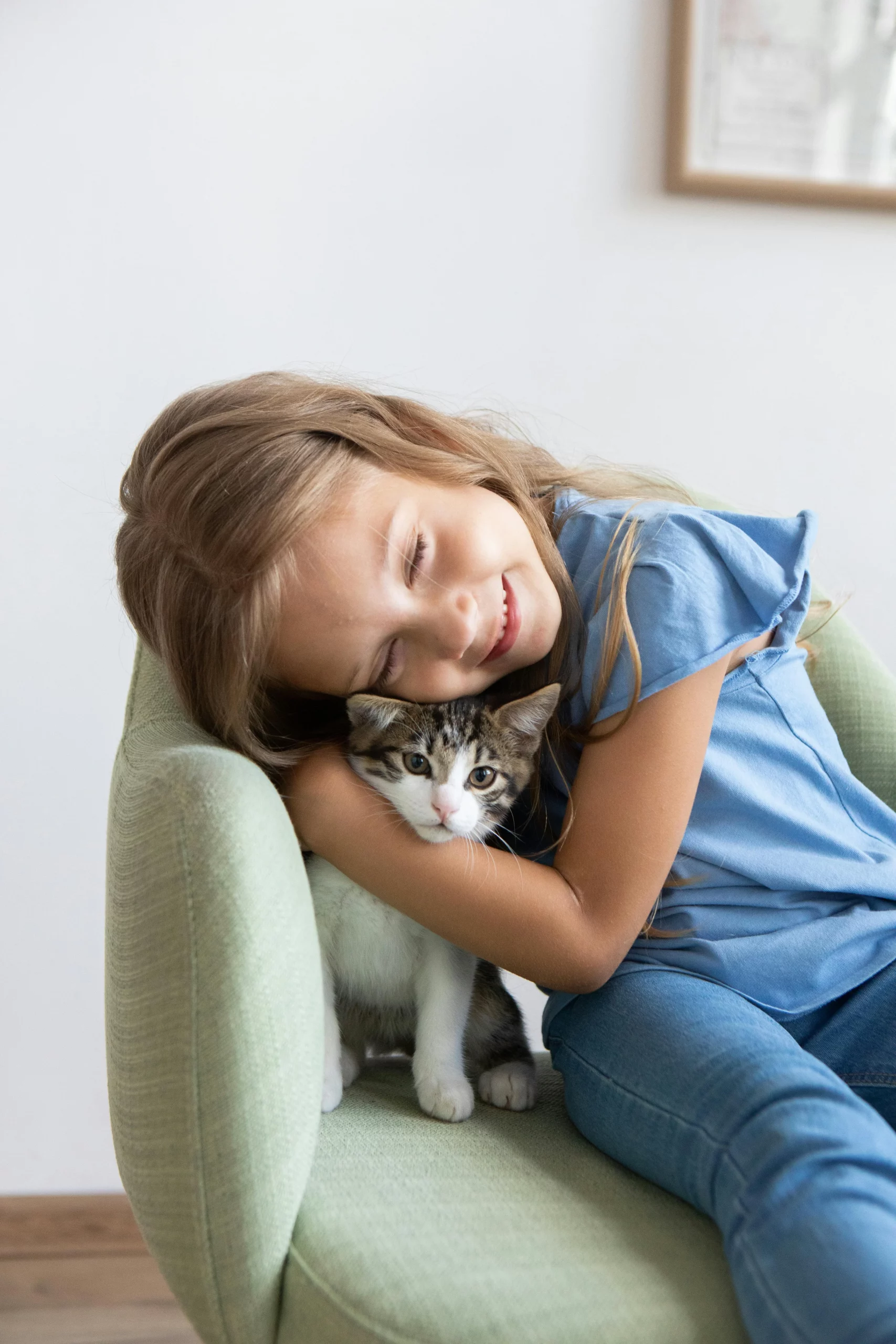Cracking the Code: Understanding Your Cat’s Happiness
Contents
Our feline companions bring endless joy and purrs into our lives. But unlike our canine counterparts, (is your cat happy) is often readily apparent, deciphering a cat’s emotional state can feel like trying to solve a mystery. So, how do you know if your furry friend is truly content?
This guide delves into the fascinating world of feline communication, exploring the subtle signs that reveal your cat’s happiness. By understanding their body language, vocalizations, and behavior patterns, you can gain valuable insights into their emotional well-being and foster a deeper connection with your purrfect companion.
Decoding the Language of Purrs: Signs of a Happy Cat
Cats communicate their emotions through a variety of subtle cues. Here are some key indicators that your cat is living the good life:
- The Power of the Purr: The quintessential sign of feline contentment, purring is a rumbling sound generated by vibrations in the cat’s chest. While purring can also occur during illness or anxiety, a steady, rhythmic purr while they’re nuzzling you or relaxing is a strong indicator of happiness.
- The Art of Kneading: Remember the adorable sight of your kitten kneading on your lap or a soft blanket? This behavior, sometimes called “making biscuits,” is a leftover instinct from nursing and signifies a feeling of security and contentment.
- The Happy Tail: A relaxed and slightly raised tail with a gentle sway is a positive sign. A twitching tail can indicate excitement or playfulness, while a puffed-up or tucked tail might suggest fear or anxiety.
- The Eyes Have It: Large, relaxed eyes with pupils that constrict slightly when they see you are a good sign. Avoidance of eye contact or narrowed eyes could indicate nervousness.
- The Head Bump and Body Rub: Bumping their head or body against you is a feline way of showing affection and marking you with their scent. It’s their way of saying, “You’re mine, and I like you!”
- The Playful Pounce: Engaging in playful swats, chases, and pounces with toys demonstrates a happy cat with a healthy energy level. Be sure to provide them with appropriate outlets for their playful instincts.
Beyond the Basics: Other Signs of Contentment
While the above cues are common indicators of happiness, a truly content cat might also exhibit these behaviors:
- Regular Grooming: Cats are meticulous groomers, and a clean coat often signifies a happy and relaxed kitty.
- Appetite and Elimination: A healthy appetite and consistent litter box usage are good signs of overall well-being, which often translates to happiness.
- Confident Exploration: A curious cat that feels safe and secure in their environment is more likely to be happy. They might explore new areas, climb furniture, or perch on high places with confidence.
- Content Cat Naps: Cats sleep a lot, but a cat who feels comfortable napping in your presence or curled up in a sunny spot is demonstrating trust and contentment.
Understanding Variations in Feline Personalities
It’s important to remember that, just like humans, cats have unique personalities. Some cats are naturally more outgoing and vocal, while others are more reserved and independent. What makes one cat happy might not necessarily excite another. Pay attention to your cat’s individual quirks and preferences to accurately gauge their emotional state.
Addressing Potential Issues:
If you suspect your cat might be unhappy, there could be underlying causes. Consider these factors:
- Environmental Changes: Did you introduce a new pet or move to a new home? Cats can be sensitive to changes in their environment.
- Boredom: A lack of mental stimulation can lead to frustration and destructive behavior.
- Health Concerns: Underlying medical issues can sometimes manifest as behavioral changes.
If you’re concerned about your cat’s happiness or notice any significant shifts in their behavior, consult your veterinarian to rule out any medical conditions.
Building a Happy Life for Your Feline Friend
By understanding their needs and providing a loving environment, you can foster a happy and fulfilling life for your cat. Here are some tips:
- Create a Cat-Friendly Environment: Provide scratching posts, climbing structures, and hiding spots to cater to their natural instincts.
- Schedule Regular Playtime: Dedicate time for interactive play sessions with toys that mimic prey.
- Maintain a Consistent Routine: Cats thrive on routine. Feeding them at consistent times and providing predictable schedules can help them feel secure.
- Offer Affection (On Their Terms): Some cats crave constant attention, while others prefer a more independent approach. Pay attention to your cat’s cues and offer affection when they seem receptive.
For more pet related info head on over to https://petsynse.com/
